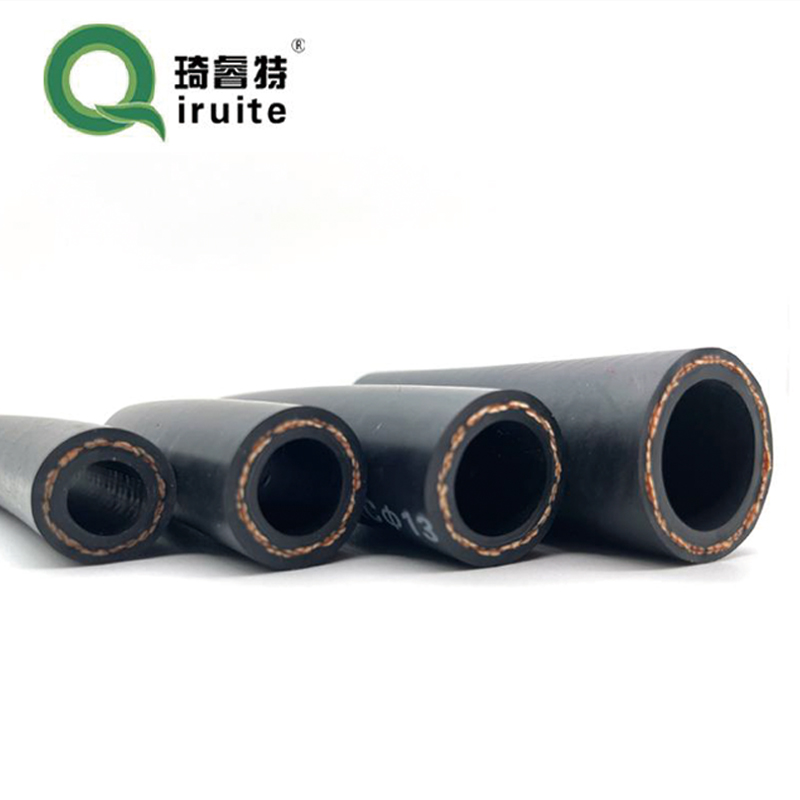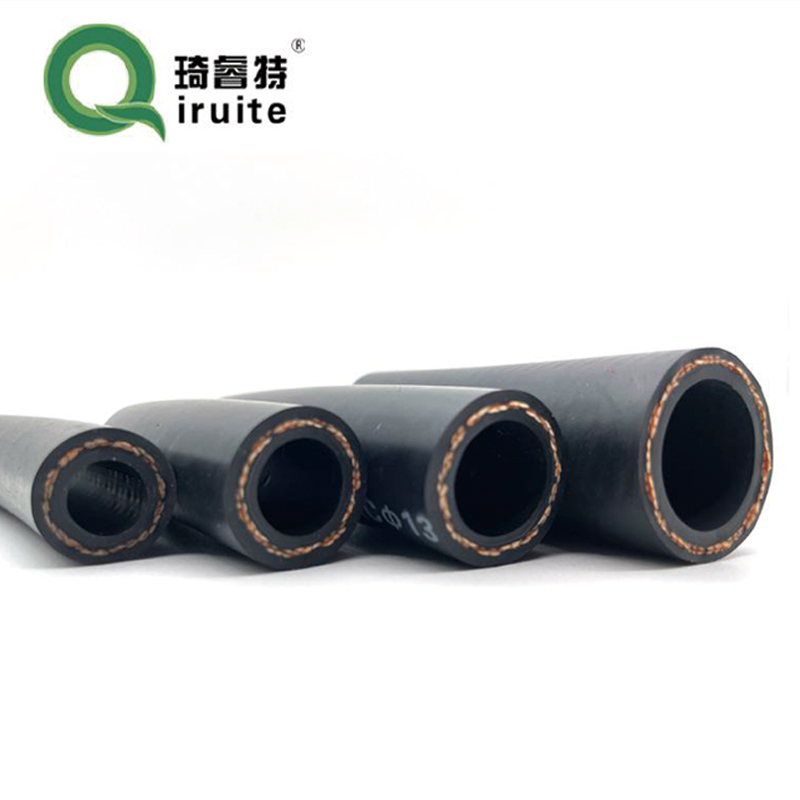ਫਰ. . 19, 2025 08:44
Back to list
Spiral Protection
Power steering systems have transformed the world of driving, making it more accessible and comfortable. However, a critical component of this system— the power steering hose—can sometimes wear out and require replacement. Understanding how to properly install a power steering hose can save you a significant amount of money and time, reducing the need for professional service. Armed with this how-to guide, anyone can confidently tackle the installation process with precision and ease.
When the new hose is ready to install, begin by attaching it to one end, preferably the harder-to-reach connection. This strategy simplifies aligning the hose with the easier connection later on. Lubricating the hose ends with a small amount of power steering fluid can ease the fitting process, providing a snug and secure attachment. Tighten the fittings using a wrench, being careful not to over-torque, which could strip threads or damage the new hose. With the hose in place, refill the power steering fluid reservoir to the required level using manufacturer-recommended fluid. It is critical to use the specified type of fluid to avoid compatibility issues that might damage the system. Leave the cap off initially and start the engine, allowing it to idle. As the engine runs, gently turn the steering wheel from lock to lock to circulate the fluid through the system and expel any trapped air. This is essential in maintaining system pressure and smooth steering operation. Pay close attention during this bleed process for any leaking signs, which could indicate improper fitting or damaged components. Once satisfied with the installation’s integrity, recheck the fluid levels, topping up as needed. After securely placing the reservoir cap back, a short road test ensures the power steering system functions seamlessly. During this test, listen for unusual noises or steering inconsistencies, signs of potential issues requiring further inspection. Replacing a power steering hose is a technical yet achievable job, fostering vehicle longevity and driving enjoyment. Accumulating practical experience through DIY repairs not only saves costs but boosts confidence in handling automotive issues. However, vehicles have unique engineering nuances, so in complex circumstances, consulting or hiring a professional remains a wise choice. Investing time in understanding your vehicle's needs reflects commitment and respect for your investment, ensuring dependable performance and driving reliability.


When the new hose is ready to install, begin by attaching it to one end, preferably the harder-to-reach connection. This strategy simplifies aligning the hose with the easier connection later on. Lubricating the hose ends with a small amount of power steering fluid can ease the fitting process, providing a snug and secure attachment. Tighten the fittings using a wrench, being careful not to over-torque, which could strip threads or damage the new hose. With the hose in place, refill the power steering fluid reservoir to the required level using manufacturer-recommended fluid. It is critical to use the specified type of fluid to avoid compatibility issues that might damage the system. Leave the cap off initially and start the engine, allowing it to idle. As the engine runs, gently turn the steering wheel from lock to lock to circulate the fluid through the system and expel any trapped air. This is essential in maintaining system pressure and smooth steering operation. Pay close attention during this bleed process for any leaking signs, which could indicate improper fitting or damaged components. Once satisfied with the installation’s integrity, recheck the fluid levels, topping up as needed. After securely placing the reservoir cap back, a short road test ensures the power steering system functions seamlessly. During this test, listen for unusual noises or steering inconsistencies, signs of potential issues requiring further inspection. Replacing a power steering hose is a technical yet achievable job, fostering vehicle longevity and driving enjoyment. Accumulating practical experience through DIY repairs not only saves costs but boosts confidence in handling automotive issues. However, vehicles have unique engineering nuances, so in complex circumstances, consulting or hiring a professional remains a wise choice. Investing time in understanding your vehicle's needs reflects commitment and respect for your investment, ensuring dependable performance and driving reliability.
Latest news
-
Ultimate Spiral Protection for Hoses & CablesNewsJun.26,2025
-
The Ultimate Quick-Connect Solutions for Every NeedNewsJun.26,2025
-
SAE J1401 Brake Hose: Reliable Choice for Safe BrakingNewsJun.26,2025
-
Reliable J2064 A/C Hoses for Real-World Cooling NeedsNewsJun.26,2025
-
Heavy-Duty Sewer Jetting Hoses Built to LastNewsJun.26,2025
-
Fix Power Steering Tube Leaks Fast – Durable & Affordable SolutionNewsJun.26,2025

